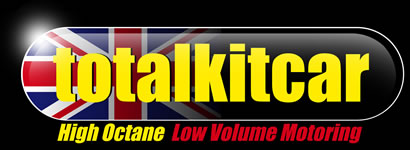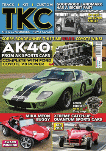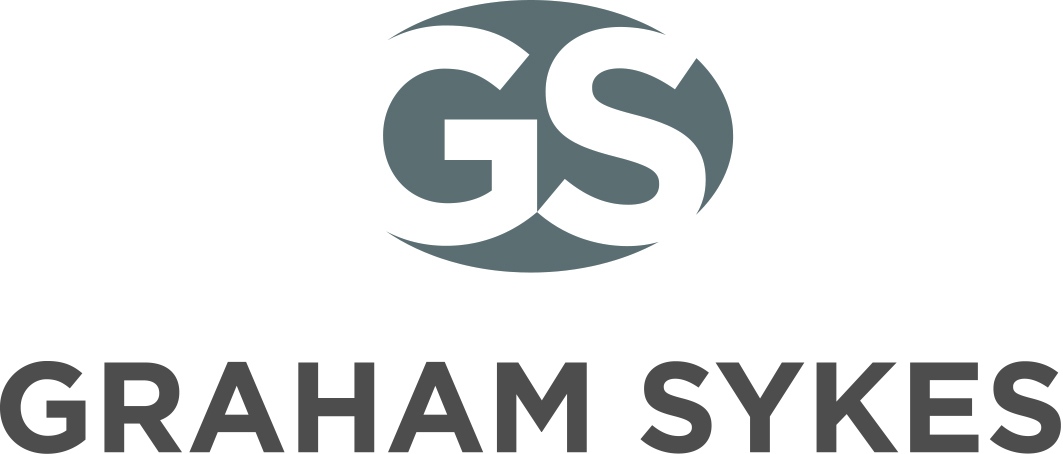UNSUNG HEROES – JACK KNIGHT DEVELOPMENTS
A company that often gets forgotten these days, back in the fifties, sixties and seventies, Jack Knight Developments was one of the key companies supplying a variety of parts for Formula One teams downwards. STEVE HOLE looks at the company’s history who was Jack Knight for a start?
Jack Knight was a toolmaker by trade with a keen interest in speedway and motorcycle racing. He and his friend, motorcycle racer, Charlie Smith produced a variety of parts for other races and built up a good reputation for rebuilding big-end assemblies.
This led to them building their own Formula 500cc car, which it is claimed was one of the first to have a tubular spaceframe chassis. It also had its own suspension, too.
Tragically, Smith was killed in an accident on his motorbike in 1949, although Knight carried on alone, founding Jack Knight Developments in 1950.
He based himself in a workshop tucked away up a lane, just off Woking High Street in Surrey.
Via Jack’s activities with his 500cc car he met and became friendly with John Cooper.
He rose to prominence with the ‘Cooper-Knight’ transaxle for the Cooper T53 single-seater. This was based on the aluminium casing of the Citroën Traction Avant’s transaxle. Either the Type 11 4-cylinder item or the six-cylinder Type 15 – aka the Light 15 in the UK.
This is also known as the ‘ERSA-Knight’ transaxle as the Paris-based precision engineering company called ERSA did much of the machining on the casings and internals. The originals weren’t up to the job and would twist, resulting in frequent failures. Knight’s transaxle solved this issue.
This in turn led to a similar type of arrangement for the Cooper-Monaco and then on the Mini-Cooper, which instantly elevated Jack Knight Developments to a much higher level. The work with Cooper also involved magnesium, something JKD became famed for.
Before long the twenty staff (all were described as master craftsmen) led by general manager Peter Gibbons, a man with an encyclopaedic knowledge of motorsport, used a bank of milling machines, lathes, gear-cutting machines and more to churn out a growing number of components.
Within a few years, all of the F1 grid other than Ferrari were using Jack Knight steering racks, while most of them were also using the company’s magnesium wheels and other components of a brake or suspension nature.
It’s said that they were a one-stop shop and could design and fabricate any transmission, brake or suspension component but had a specialisation in gearboxes, differentials, steering racks and the aforementioned wheels, made out of the tricky-to-work with magnesium.
Their reputation for quality work, service and keen prices spread far and wide both geographically and within the whole motorsport world. Although a typical batch was fifty, their parts, such as gearsets weren’t much more expensive than OEM stuff churned by the million.
Specialist and sportscar enthusiasts were also well catered for (naturally best-known for their work on the Mini Cooper) and JKD produced ‘dog-boxes’ (the term ‘crash’ box is incorrect) for the Mini (and later on for the Metro), with straight cut gears that were wider and much stronger.
They also made close ratio synchro ‘boxes for the Mini, available with various ratios (and straight cut if required) including a very low 1.75:1 bottom gear cog.
The Hillman Imp fraternity loved their five-speed gearset kits which were used by specialists like Willie Griffiths to a bloke in his shed. Jack Knight’s products were the upgrade to have in the sixties. The Imp work stemmed from the company’s involvement in Coventry Climax-powered F3 days.
They also catered for suspension and gearbox upgrades for MGs such as the TC, TD and TF.
Bespoke work for specialist car manufacturers was warmly welcomed and customers would work directly with Jack’s son David (the company’s designer), on these projects.
It wasn’t just automotive work either as they made components for the Egyptian army who needed O-rings for the gearboxes of their Russian-made tanks, or as diverse as the steering gear for ex-Prime Minister Ted Heath’s ‘Morning Cloud’ yacht.
Although they had work coming out of their ears, they still got involved in sponsoring rallycross maestros and retail furniture kings, Trevor and Maurice Reeves’ works Metro rallycross team.
The Reeves’ had bought the project in 1982 after British Leyland had spent millions on developing it and then promptly pulled the plug on it. This was an arrangement that worked very well for both parties as Trevor Reeves, who’d won the British Rallycross Championship in 1977, was a great development driver and gave detailed feedback to JKD on how their parts were performing.
When Jack Knight retired in the early nineties the company went into a gradual decline. Although long past their heyday and Tier One supplier status for F1 they continued to concentrate on their proven Mini upgrade components.
Sadly, by late 2006, by which time much of their work was being made in Hungary they ceased trading. I think there have been a couple of attempts at resurrection, but it has to be said that the halcyon period for Jack Knight Developments was between 1950-1990.
| Print article | This entry was posted by admin on October 6, 2022 at 4:05 pm, and is filed under Uncategorized. Follow any responses to this post through RSS 2.0. Both comments and pings are currently closed. |
Comments are closed.















